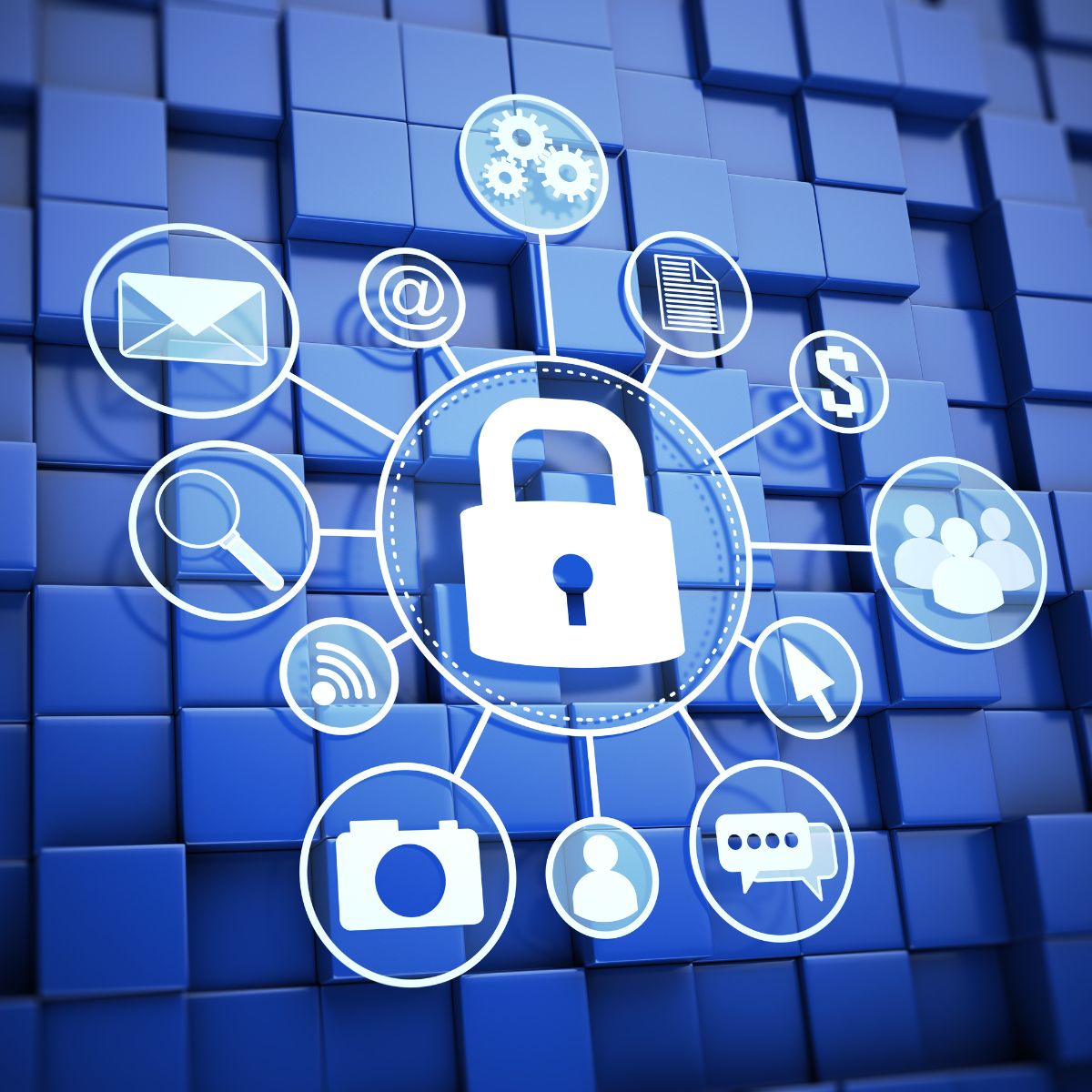
Alarming solutions for healthcare sector refer to a variety of systems and devices designed to monitor and alert healthcare staff to various events and incidents that may occur in a healthcare facility.
The goal of these solutions is to ensure the safety, security, and well-being of patients and staff, as well as to improve the efficiency and coordination of care. Healthcare workers face many challenges these days and security is one of the most important part of all the processes which take place in hospitals and other facilities. Healthcare workers not only have to take care of the patients, but of their own personnel as well.
With a help of newest technologies we can not only install the best security solutions in a matter of incident or hazardous event, but as well have extended indoor positioning systems, dementia wandering systems, safety protocols, blackout management protocols and much more. All of these solutions assure the highest level of security and safe to all the parts in a healthcare sector.
We would like to list some of the most common examples of alarming solutions for healthcare facilities
Nurse Call Systems
These systems allow patients to call for assistance with the press of a button, alerting nursing staff to their needs. These systems are perfect for situation where the patient needs extra fast help and nurses and other personnel gets indication of a dangerous situations and can rush to the area where the patient is.
Nurse call systems are communication systems used in healthcare facilities to alert nursing staff to the needs of patients. The goal of these systems is to improve the efficiency and coordination of care, and to ensure that patients receive prompt attention when they need it.
Nurse call systems typically consist of call buttons or call cords that are located near the patient’s bed or within easy reach. When a patient needs assistance, they press the call button or pull the call cord, which sends an alert to the nursing station.
The alert may be visual, auditory, or both, depending on the system in place. Some nurse call systems also provide additional features and functionality, such as two-way communication, bed exit alarms, staff response tracking, and integration with other healthcare systems and devices.
Nurse call systems can play a critical role in ensuring patient safety and improving the quality of care in healthcare facilities.
They can help to reduce response times, improve communication and coordination among staff, and provide critical information during emergencies.
When choosing a nurse call system, it is important to consider factors such as reliability, ease of use, scalability, and compatibility with other systems and devices.
Indoor Positioning Systems
These systems use wireless technology to track the location of patients and staff within a healthcare facility, improving response times and providing critical information during emergencies.
These systems allow to not only position the most troubled patients, but personnel as well. This assures the fastest reaction time.
Further reading: Indoor positioning system technologies
Indoor positioning systems use wireless technology, such as Bluetooth Low Energy (BLE) and Wi-Fi, to track the location of patients and staff within a healthcare facility.
The system typically consists of a network of sensors and beacons that communicate with wearable devices or smartphones. This information can be used to improve response times, monitor patient movement, and enhance overall safety and security.
Patient Wander Management Systems
These systems alert staff when a patient with a history of wandering attempts to leave the facility, improving patient safety and reducing the risk of injury. It allows the personnel to find the person immediately and take care of them.
Patient wander management systems are designed to alert staff when a patient with a history of wandering attempts to leave the facility.
The system typically consists of wearable devices or alarms that are triggered when the patient crosses a designated boundary or leaves a designated area.
The goal of these systems is to improve patient safety, reduce the risk of injury, and improve response times.
Emergency Response Systems
These systems allow staff to quickly and easily initiate an emergency response in the event of an incident, improving response times and coordination of care.
Emergency response systems are designed to allow staff to quickly and easily initiate an emergency response in the event of an incident.
The system typically consists of a central control panel, emergency buttons or pull cords, and a communication network that connects to staff pagers, smartphones, or other devices.
The goal of these systems is to improve response times, coordinate care, and ensure the safety and well-being of patients and staff.
Fire Alarms
These systems detect the presence of smoke and heat and alert staff to evacuate the building and respond to the fire.
Fire alarms are designed to detect the presence of smoke and heat and alert staff to evacuate the building and respond to the fire.
The system typically consists of smoke detectors, heat detectors, and manual pull stations, as well as a central control panel and an alarm system that sounds an audible alarm and alerts the fire department.
The goal of fire alarms is to ensure the safety of patients, staff, and visitors, and to minimize damage to the building and its contents
Carbon Monoxide Alarms
These systems detect the presence of carbon monoxide and alert staff to evacuate the building and respond to the potential danger.
Carbon monoxide alarms can detect the presence of carbon monoxide, a colorless, odorless gas that can be deadly.
The system typically consists of carbon monoxide detectors and a central control panel that sounds an audible alarm and alerts staff to evacuate the building.
The goal of carbon monoxide alarms is to ensure the safety of patients, staff, and visitors, and to minimize the risk of injury or death from carbon monoxide poisoning.
Force majeure alarms
In a situation of a flood, storm, blizzard or any other harmful situations, these alarms assure the fast reaction of the personnel and initiates a plan which helps to avoid big losses.
New voice experience in alarming solutions for healtchare sector
New Voice International has worked more 30 years in healthcare sector providing various security solutions to big hospitals and healthcare facilities.
We have installed different solutions from indoor positioning systems to nurse call systems.
One of our latest projects in Zürich included even 1500 beacons which assures the highest possible indoor positioning system, so all the patients and personnel are as safe as possible in various hazardous situations.
Read more here: EPI.
In conclusion, nurse call systems, indoor positioning systems, patient wander management systems, emergency response systems, wireless alarm systems, fire alarms, and carbon monoxide alarms are critical components of any healthcare facility’s safety and security infrastructure.
These systems help to improve the quality of care, enhance patient safety, reduce response times, and ensure the well-being of both patients and staff. One of the key benefits of these systems is improved response times.
With nurse call systems, patients can get the attention they need quickly and easily, without having to wait for a staff member to come by. Indoor positioning systems and patient wander management systems help to track the movements of patients and staff, allowing for more efficient and effective responses to emergencies.
Emergency response systems provide a centralized and streamlined way for staff to initiate an emergency response, improving coordination and reducing response times.
In short, the integration of nurse call systems, indoor positioning systems, patient wander management systems, emergency response systems, wireless alarm systems, fire alarms, and carbon monoxide alarms can help to improve the quality of care, enhance patient safety, reduce response times, and ensure the well-being of both patients and staff.
Hospitals that invest in these systems are making a smart choice, one that will pay dividends in terms of improved patient outcomes, enhanced staff efficiency, and enhanced overall safety and security.
If you have any questions regarding alarming solutions for your healthcare facilities, we would be more than happy to help.







